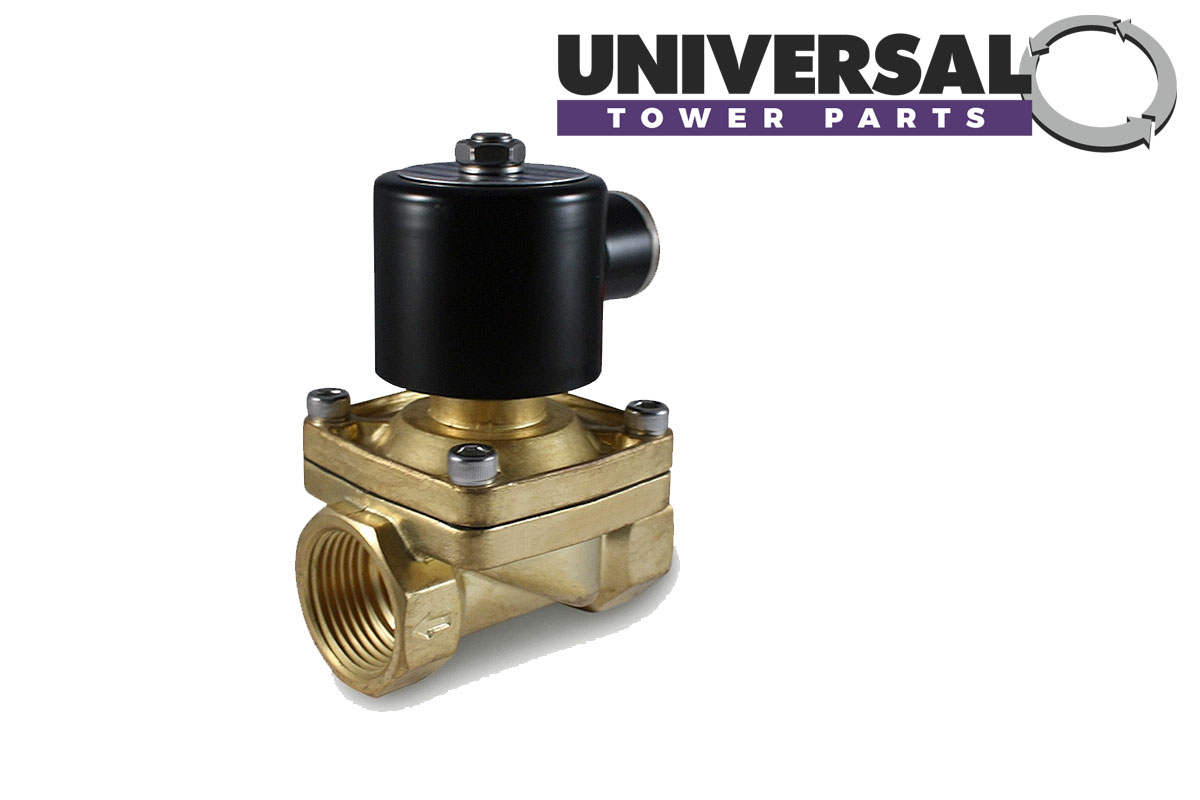Solenoid valves, by definition, are an electro-mechanical valve that is generally employed to manage the flowing of liquids or gases. There are different solenoid valve kinds, but the main versions are either pilot operated or direct operated. Valves that are pilot operated, utilize system line pressures to open and close the primary orifice in the body of the valve. Solenoid valves that are direct operated, do just that, they directly open or close the primary valve opening, in which is the only flow path through the valve. They are utilized in systems that require low flow capabilities or applications with low pressure differences across the valve opening.
How Solenoid Valves Function
A solenoid valve works by managing the flow of liquids or gases in a positive, fully open, or fully closed mode. They are typically used for replacing manual valves or for control via remote. The solenoid valve’s function comprises of either opening or closing an opening in a valve body, in which either allows or restricts flow through the valve. Its plunger opens or closes the opening by raising or lowering inside a sleeve by energizing the coil. Solenoid valves comprise of a coil, a plunger, and a sleeve. In typically closed valves, a plunger return spring retains the plunger against the opening and restricts flow. After the solenoid coil gets energized, the resulting magnetic field raises the plunger, allowing flow. When the solenoid coil gets energized in a typically open valve, the plunger caps the opening, in which in turn restricts flow.
Why Are Solenoid Valves Used?
In a lot of flow control applications, it is required to start or stop the flow in the circuit to manage the fluids through the system. Electronically operated solenoid valves are typically used for this purpose. By being solenoid activated, solenoid valves can be placed in remote areas and may be handily controlled by basic electrical switches. Solenoid valves are the most used in control elements in fluidics. They are usually used to stop, release, dose, allocate or mix fluids. For those reasons, they are found in a lot of application areas. Solenoids typically provide fast and safe switching, long shelf life, high dependability, lower control power and compact design.
Where Are Solenoid Valves Used?
Solenoid valve uses include a wide range of industrial settings, including common on-off control, plant control loops, process-controlled systems and various innovative equipment manufacturer applications, to name just a few.
How To Replace Solenoid Valves
For proper and accurate control functionality, solenoid valves are required be configured and chosen according to the application at hand. The most important limits for choosing a solenoid control valve are the Kv (kilovolt) value (provided in cubic meters each hour) and the application’s pressure scope. The lower the valve’s opening, and/ or the power of the coil, the higher the pressure the valve is able to shut-off. Based on the intentional Kv value, and the pressure scope of the calculated application, a similarly proper valve type and its required opening can be determined.
If you are interested in purchasing Solenoid Valves in Phoenix or anywhere else in the Valley call us today at 602-997-0403.
Universal Tower Parts In Phoenix, AZ
Universal Tower Parts provides stainless steel and galvanized options, welded and gasketed, direct, gear reducer and belt drive units, with efficient Jedair fans, and Jedair low noise fans. Strainers, fan guards and louvers are well constructed, and designed to operate efficiently as they perform their function. Cool Core drift eliminators and fill are made by Universal Tower Parts expressly for our towers.








